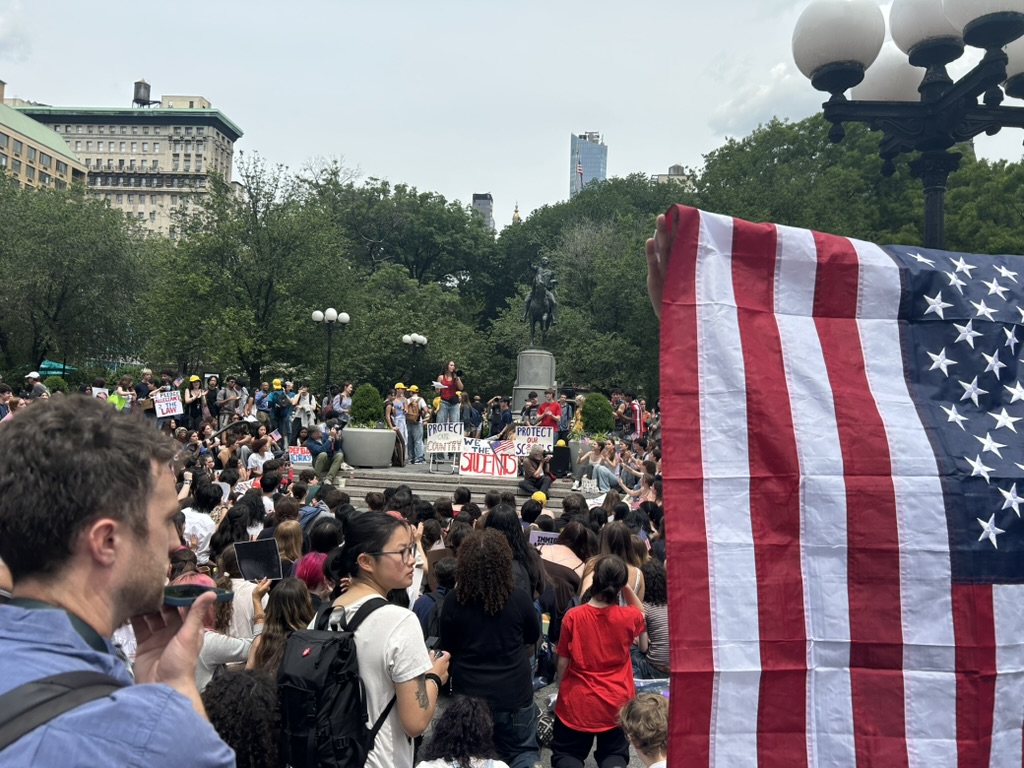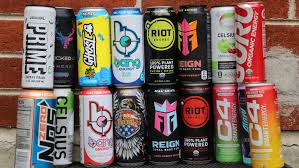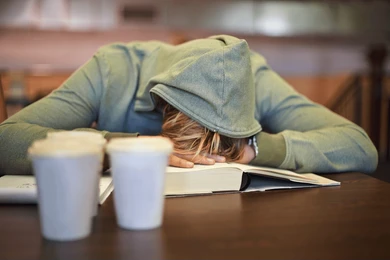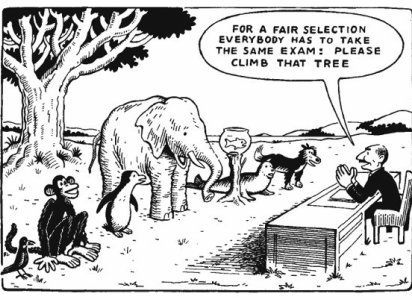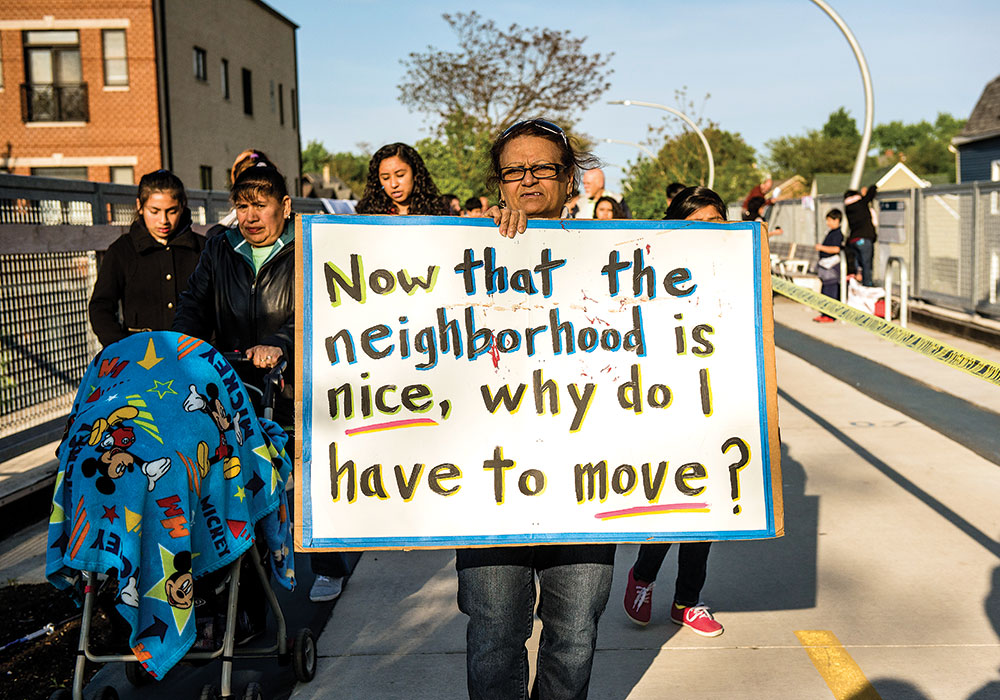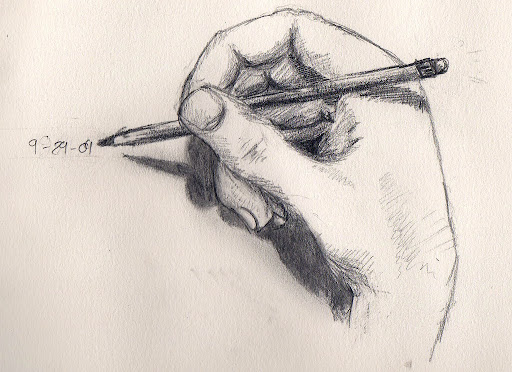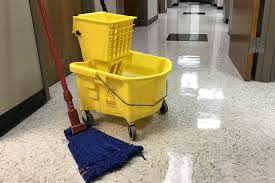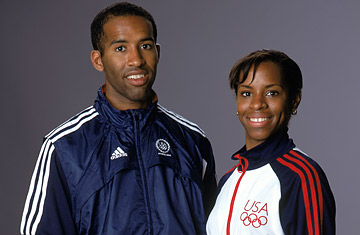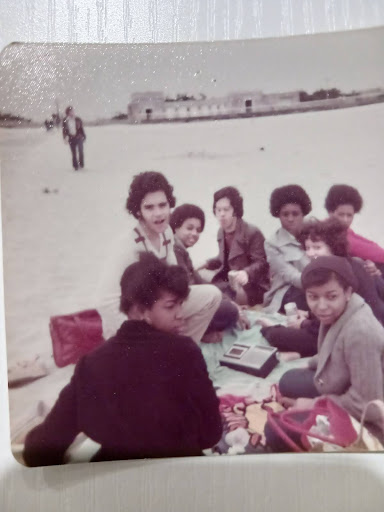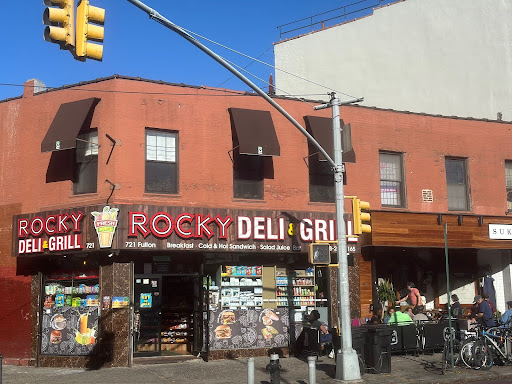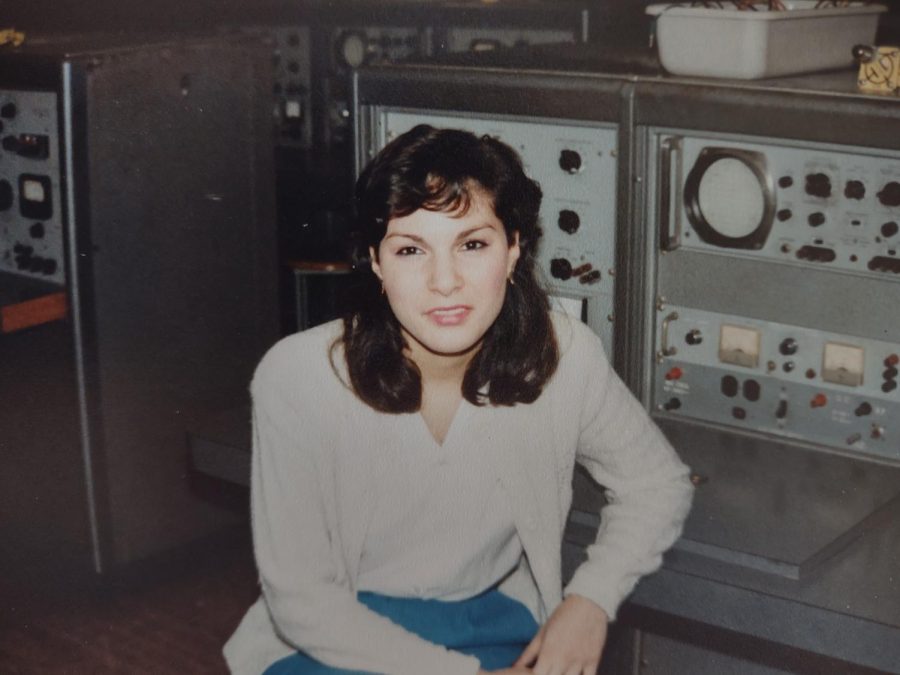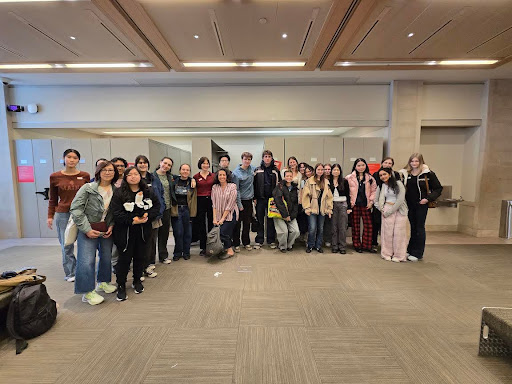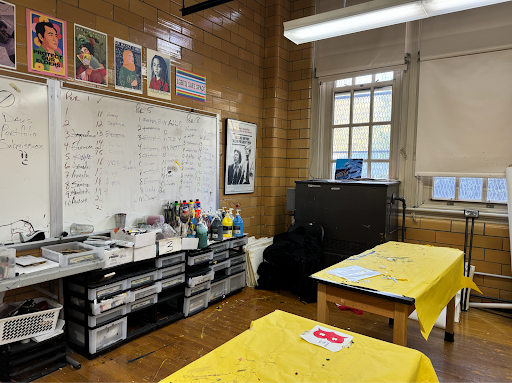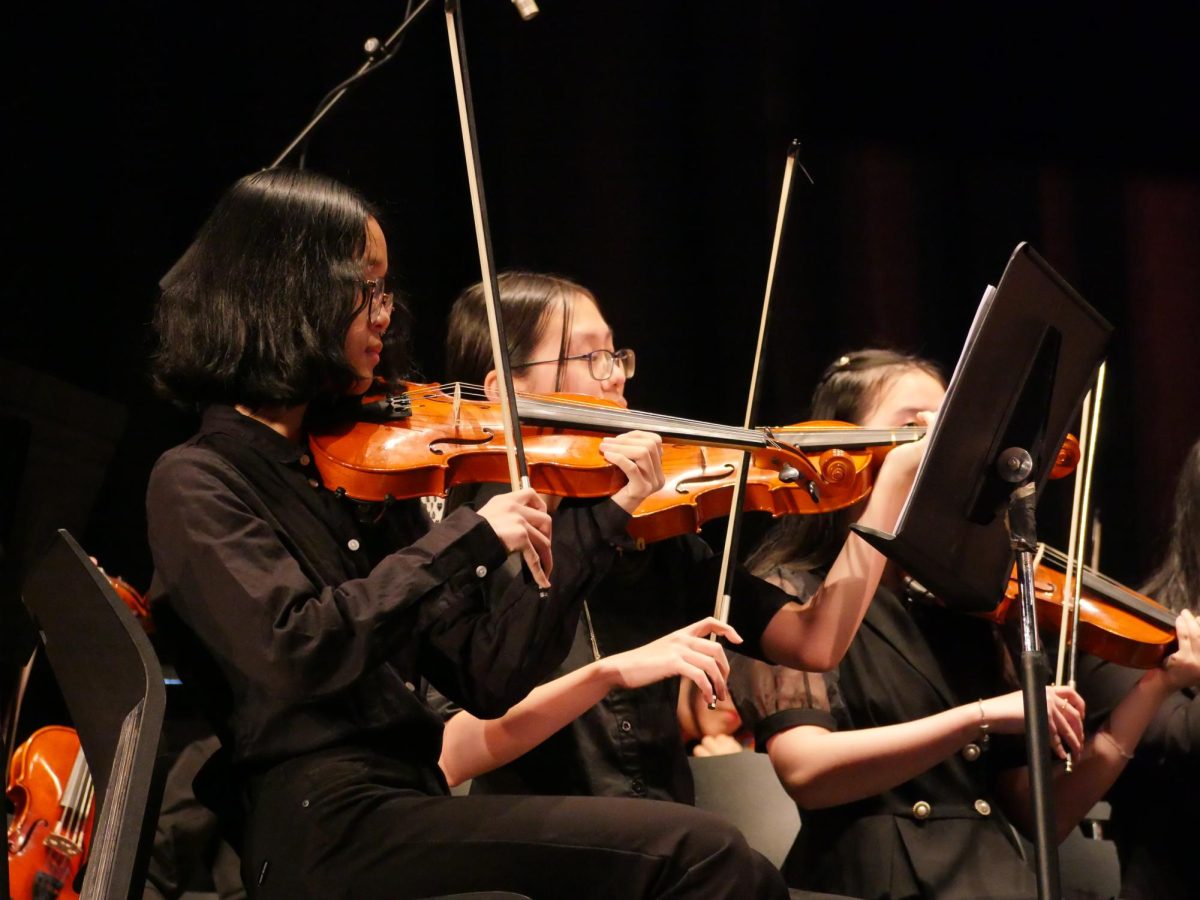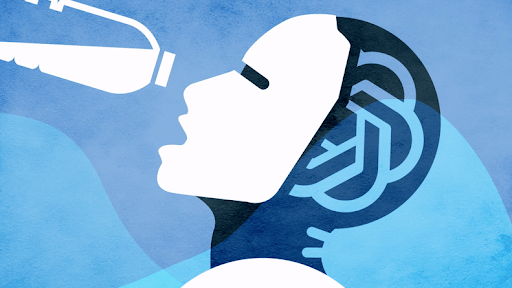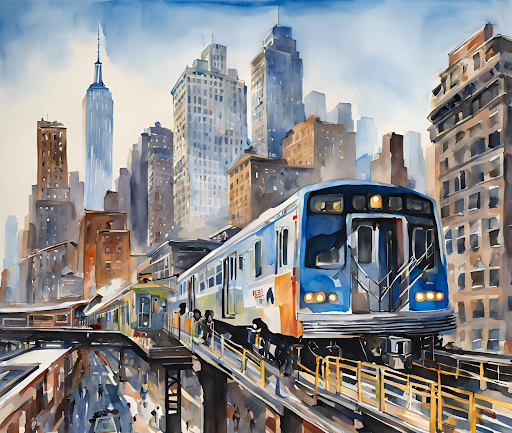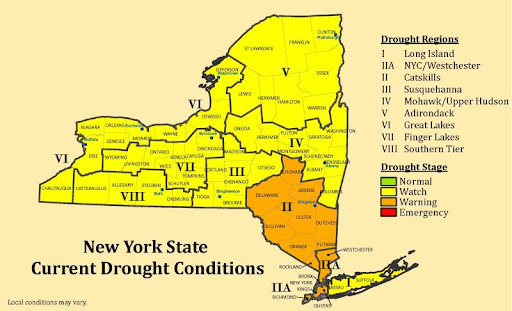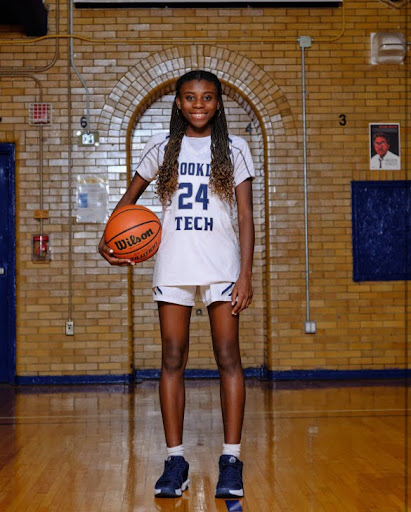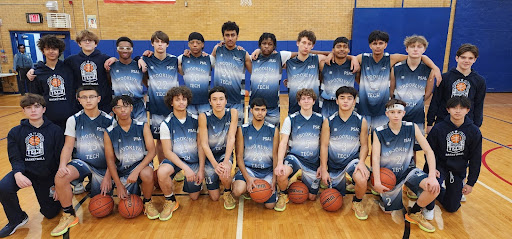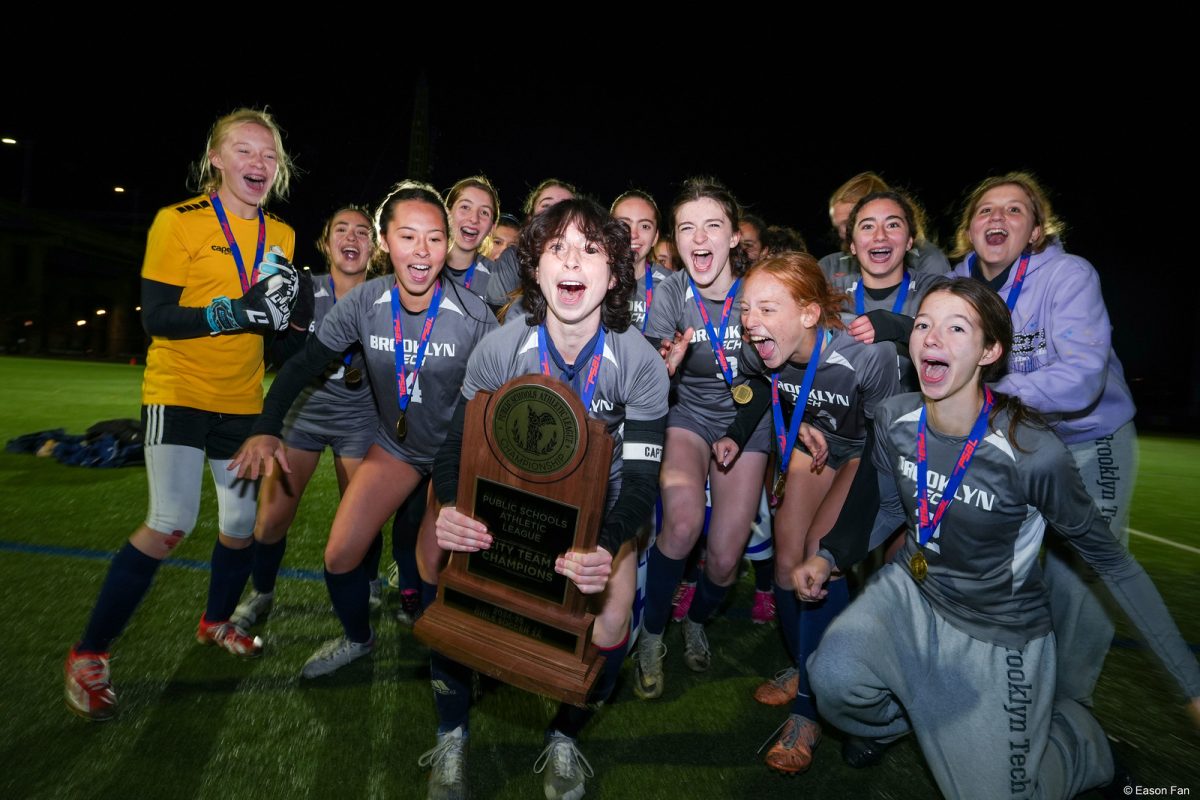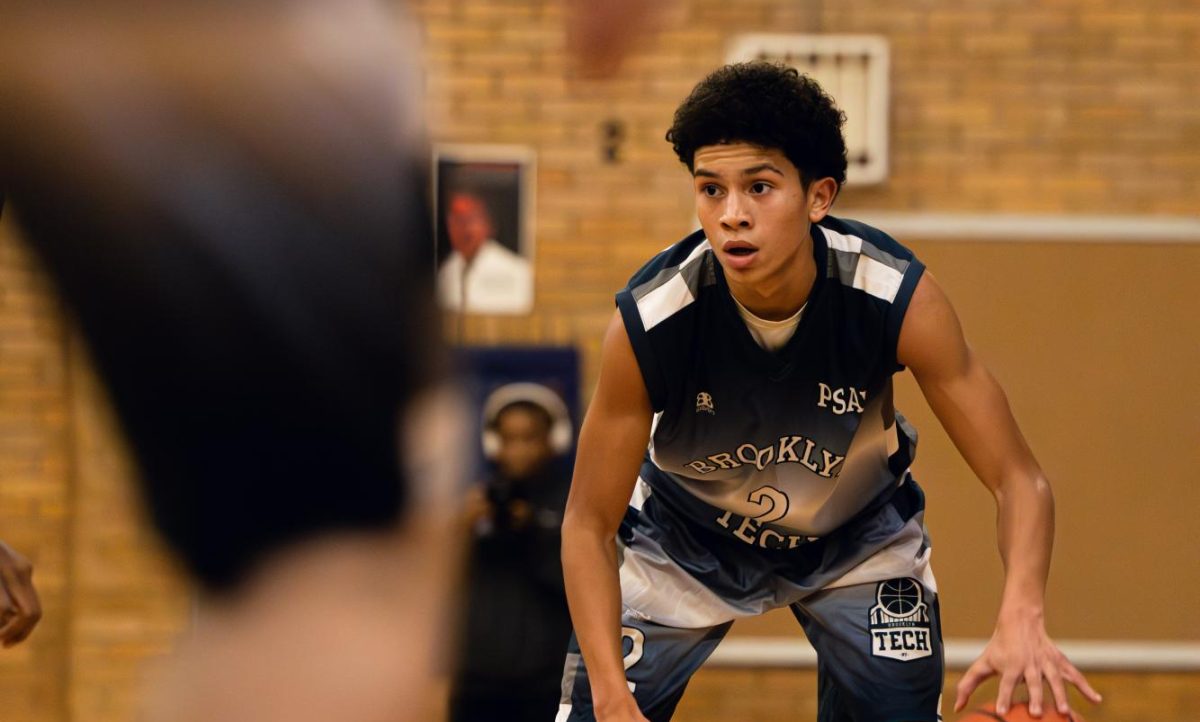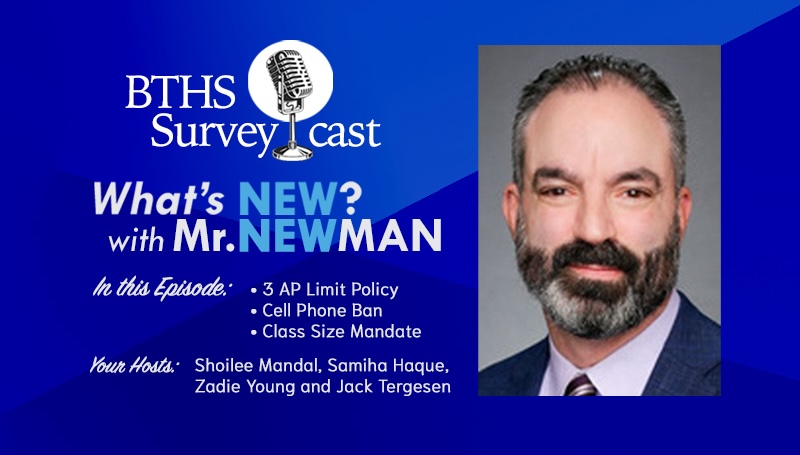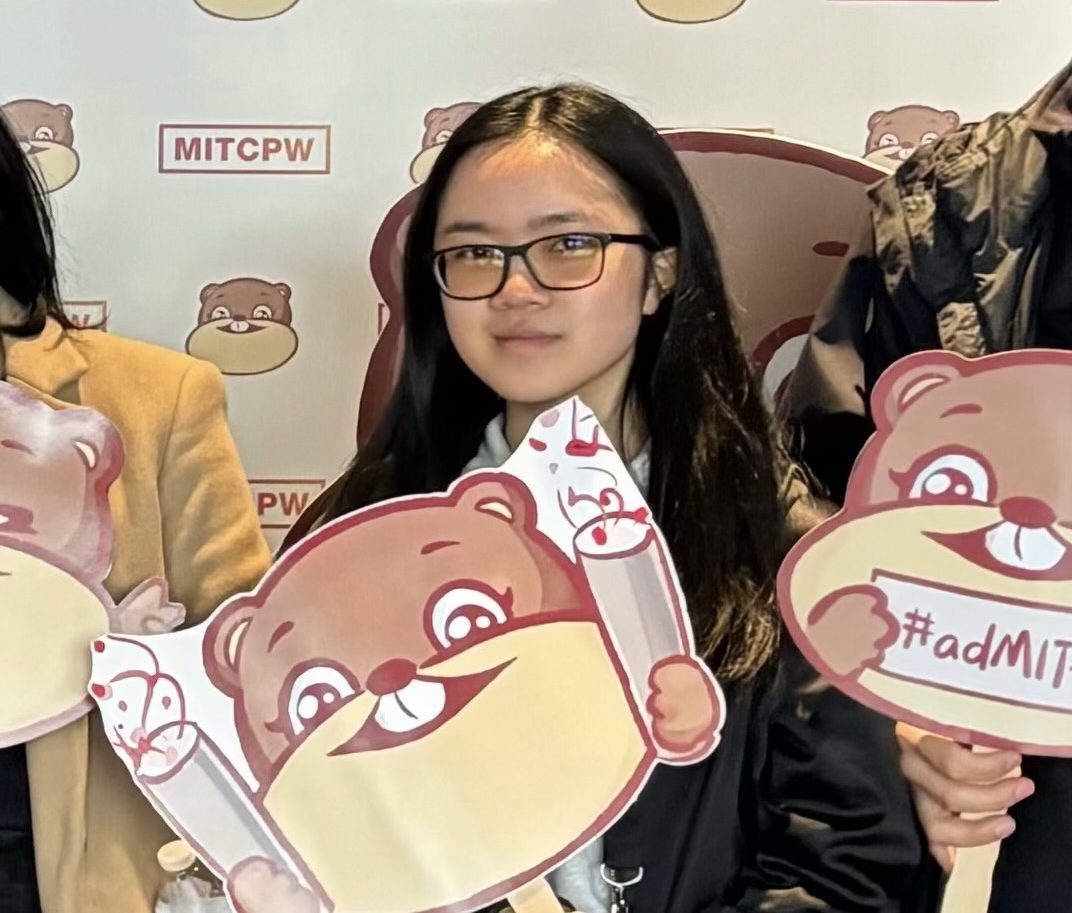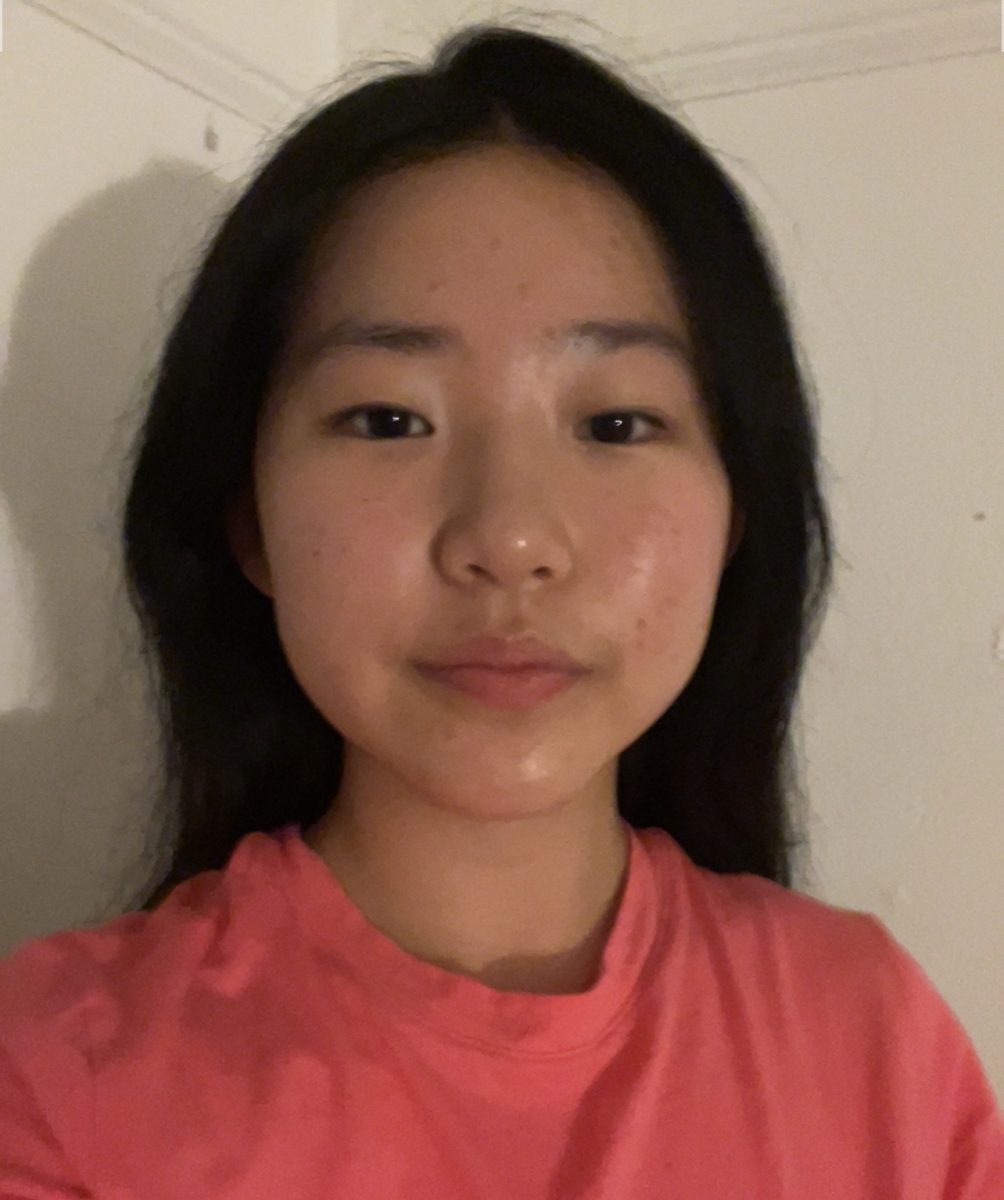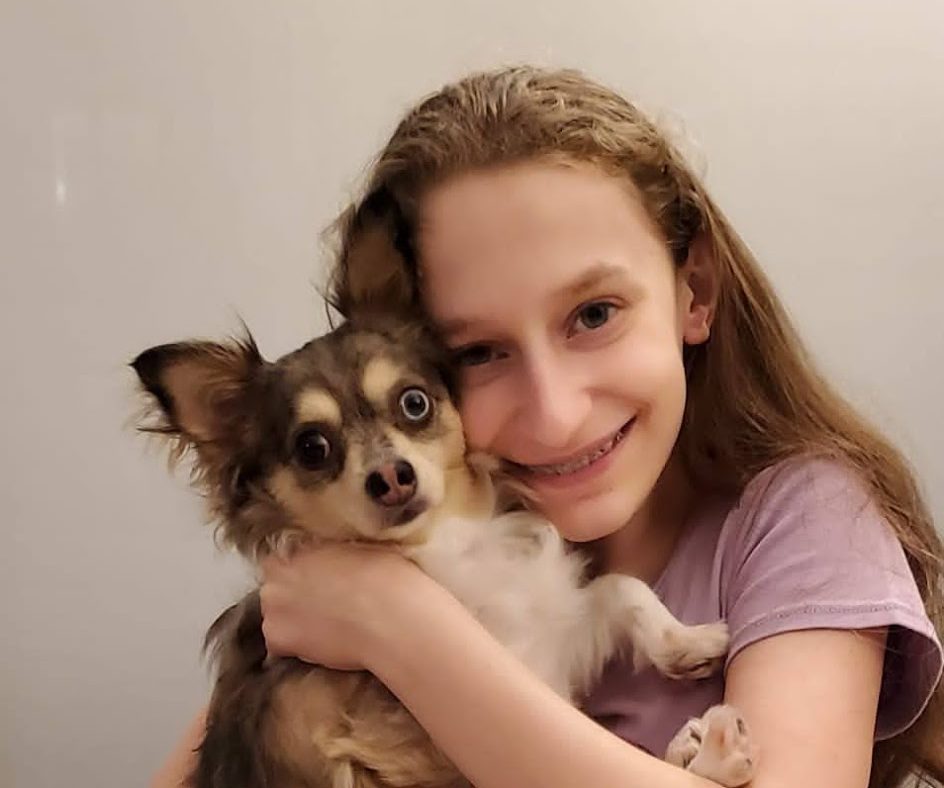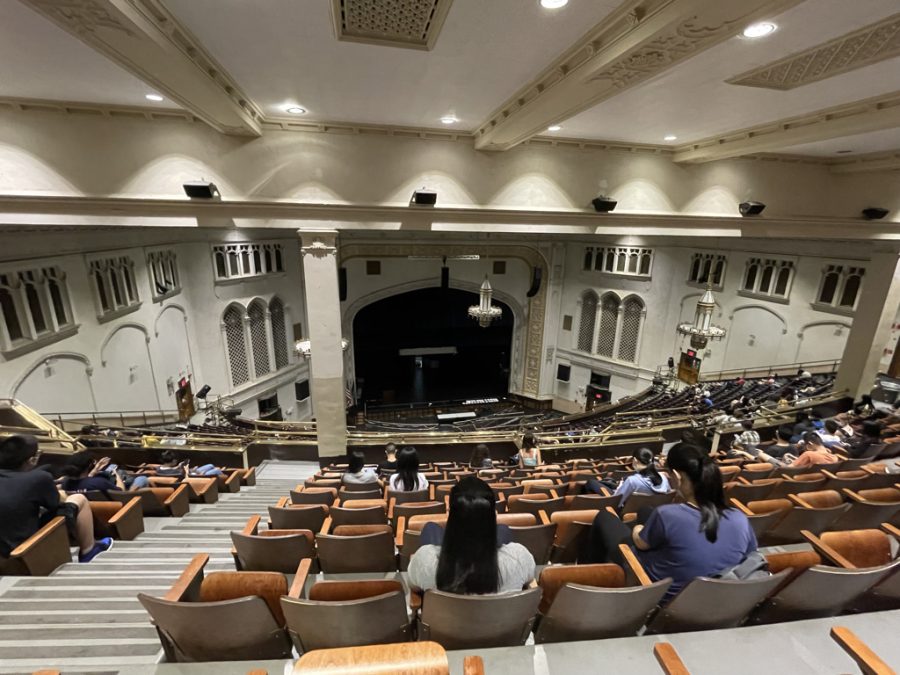How Tech Is Responding to Covid-19 Guidelines
December 6, 2021
As Brooklyn Tech’s large student body has returned to its densely populated building, the risk of viral COVID-19 transmission remains a cause for concern. Mayor de Blasio’s revised COVID-19 policy for NYC schools has received skepticism in the Brooklyn Tech student body. Brooklyn Tech is unique due to its vast population of 6000 students. In some classrooms and especially during four-minute transitions between periods in hallways, students typically end up less than 3 feet apart from each other, making social distancing nearly impossible.
De Blasio’s original policy that issued school openings on September 13th stated that vaccinated students who showed symptoms of COVID-19 would be quarantined for 10 days and vaccinated students without symptoms would continue attending in-person schools. Conversely, unvaccinated students who had close contact with an infected person had to quarantine no matter what. Across 65,000 classrooms in NYC, there were 976 positive cases in the first week of school, which led to 771 classrooms closing.
Mayor de Blasio then issued a new policy on September 20th, which went into effect on September 27th. The new policy increased testing from weekly to bi-weekly and dictated that unvaccinated students who follow the guidelines of masking and maintaining social distancing do not have to quarantine, even if they come into contact with someone who tested positive for COVID-19. The policy’s more relaxed quarantining provision has received skepticism from some students, given the obstacles for minimizing transmission in the building. Eddie Lu (’23) stated that following COVID-19 guidelines will definitely help reduce infection, but that “there are too many people in the school building for that [social distancing] to happen, thus making de Blasio’s policy ineffective for Tech.”
Tryphena Bossman (’22), agreed, saying that “it feels so mind-boggling how we are one of the largest schools in the city, have floods of students in the hallways, kids, and staff coming from different boroughs.” Consequently, Bossman thinks that we might be “teetering on the edge of disaster,” because Brooklyn Tech poses unique challenges that could undermine current COVID-19 policy of NYC schools.
In general, this concern for the school is a common theme among the student body. The Survey polled 200 students to see how they felt about COVID policies, and 78% responded that they feel unsafe in the building with the new COVID-19 policy, while 22% said that they do feel safe.
Principal Newman has a different take on the new COVID-19 policy. While he acknowledges that social distancing and masking are difficult in certain locations like hallways and the cafeteria, he also makes clear that “each COVID case the school has had so far didn’t spread to other students and staff. Each case was isolated, and there are currently no other people who contracted the virus from one of the people who were infected.” In his perspective, Tech is doing well in following social distancing guidelines, and the DOE’s COVID-19 policies seem to be effective so far. While student opinion still expresses apprehension about safety, Newman has been managing COVID cases in the school first-hand and maintains confidence in the protocols.
Although the school faculty and Mr. Newman have been doing their best in keeping Tech safe, students still question COVID protocols. In such bizarre times, it is crucial to come together as a school and address a common concern in the student body. With this, perhaps it can be recognized that Brooklyn Tech’s busy hallways, crowded cafeteria, and full classrooms are complications during the pandemic.

